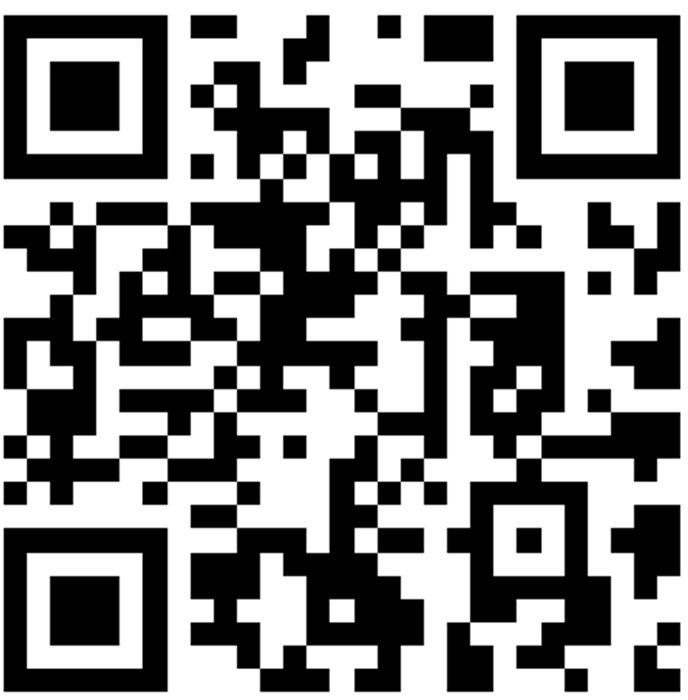
¥888.00
¥888.00
¥888.00
¥888.00
¥888.00
¥888.00
¥888.00
¥888.00
¥888.00
¥888.00
温馨提示:以上服务项目为用户发布,请注意甄别
SUMMARY OF REGULATIONS
In order for a package to be considered child resistant, it must be tested with children ages 42-51 months using the protocol detailed in 16 CFR 1700. Testing is performed to ensure that young children are unable to access potentially dangerous substances. Each package is tested with at least 50 children (and a maximum of 200 children) to determine the effectiveness of the package.
In addition, the package must also be tested with senior adults (ages 50-70 years) to make sure it is not too difficult to use. For this portion of testing, at least 90% of the adults tested must be able to successfully open and, if applicable, re-close the package two sequential times within the allotted test periods.
SUMMARY OF TESTING PROTOCOL
A full desc ription of the package testing protocol summarized below is in 16 CFR 1700.
Child Testing Protocol
Each test is made up of 1 to 4 panels of 50 children between the ages of 42 and 51 months.
Panels are divided into 3 groups according to age:
30% between the ages of 42 and 44 months
40% between the ages of 45 and 48 months
30% between the ages of 49 and 51 months
The number of boys and the number of girls in each group must be approximately 50%/50% (regulation allows for +/-10% variation).
No more than 20% of the children in each group may be obtained or tested at a single site.
All children must be healthy with no disabilities or injuries that could potentially affect their ability to test the package.
Each child may test up to two package types. If a child tests two packages, the packages must be different designs.
Children are tested in pairs in a room that is well-lit, free of distractions, and is familiar to them, or in a central location in which they feel comfortable, by a tester who administers the test to no more than 30% of the sample.
To begin, the tester gives each child a package containing a placebo and asks them to try to open it without any instruction. Each child has 5 minutes to try to open the package. The tester uses a stopwatch to document the amount of time it takes for the child to open the package.
If a child opens the package, the test is counted as a failure and he or she is not tested further. If the second child has not been able to open the package successfully at this point, they are allowed to continue for the remainder of the allotted test period.
If a child (or children) does not open the package within the allotted 5 minutes, the tester demonstrates how to open the package and mentions that it is okay for them to use their teeth (if they have not done so already). The child is then given an additional 5 minutes to try to open the package. If the child is able to open the package within this period, this is also counted as a failure.
Pass/Fail Criteria:
A test is determined a failure if a child opens or gains access to the contents of the package.
For a package to pass in the first panel of 50 children, three or fewer must be able to open the package during the first 5 minutes (before the tester demonstrates how to open the package), and 5 or fewer during the second 5 minutes (after the demonstration). Conversely, if 11 or more children open the package in the first 5 minutes, or if 15 or more open the package within the full 10 minutes, the package fails. In both cases, no further testing is necessary.
In the first panel of 50 children, if 6-14 open the package within the allotted 10 minutes, a second panel of 50 children must be tested. Depending upon the results of the second round of testing, the package may pass, fail, or require another panel. Testing stops after the 4th panel regardless of the passing rate.

Senior Adult Testing Protocol
For this test, one panel of 100 senior adults between the ages of 50 and 70 years old is used. Each participant is required to sign a consent form prior to testing.
Panels are divided into 3 groups according to age:
25% between the ages of 50 and 54 years
25% between the ages of 55 and 59 years
50% between the ages of 60 and 70 years
70% of those in each age group must be female.
No more than 24% of participants may be obtained or tested at a single site.
Participants must have no obvious physical or mental disabilities.
Each adult is tested individually by a tester who administers the test to no more than 35% of the sample.
To begin, the tester gives the participant a package with printed instructions (instructions may be on the package or accompany it on a sheet of paper). The participant is allotted 5 minutes to open and, if applicable, re-close the package correctly. The tester uses a stopwatch to document the amount of time it takes for the participant to open and re-close the packages.
If the participant is able to open/close the package within this time period, he or she must be able to do so a second time with another identical package during a subsequent 1 minute time period.
If a participant is unable to open the first package in the allotted 5 minutes, he/she is asked to open and, if applicable, close two non-child-resistant packages. The participant is allotted 1 minute per package. Those who are unable to open/close the non-child-resistant packages are excluded from the panel and replaced by additional participants.
Pass/Fail Criteria:
A test is determined a failure if the adult is unable to open or gain access to the contents of the package.
For a package to pass, at least 90% of the adults tested must be able to properly open and close the package during the first 5 minutes and open and close the package again in the subsequent 1 minute.
SUMMARY OF ASTM D3475-17
Child resistant packages are classified according to thirteen types. These classifications are defined based on the specific motion, skill, or tool required to open a particular package. Detailed desc riptions and examples of each type and sub-type are in ASTM D3475-17.
Reclosable Packaging – Continuous Thread Closure
Reclosable Packaging – Lug Finish Closure
Reclosable Packaging – Snap Closure
Unit Non-Reclosable Packaging – Flexible (strip/pouch)
Unit Non-Reclosable Packaging – Rigid
Unit Reclosable Package
Aerosol Packages
Non-Reclosable Packaging – Semi-Rigid (blister)
Dispensers (not intended to be removed)
Box or Tray Package
Reclosable Packaging – Flexible
Dispenser (may be removed)
Reclosable Packaging – Semi-Rigid (blister)
Child-resistant packaging test standards:
16 CFR 1700 – Standard for Packaging used by CPSCASTM D3475-17 – Standard Classification of Child-Resistant PackagesISO 8317 – International Standard for Reclosable PackagingISO 14375 – International Standard for Non-reclosable Pharmaceutical PackagingEN 862 – International Standard for Non-reclosable Non-Pharmaceutical PackagingCAN/CSA Z76.1 – Canadian Standard for Reclosable Packaging
Mobile: 17388768625 (VX)
E-mail: kf15@szbeide.com
